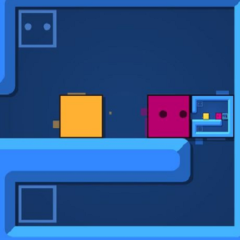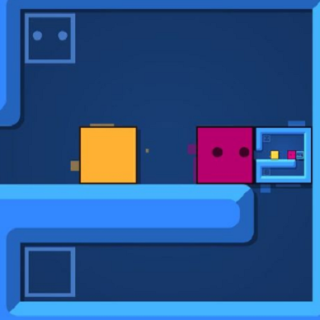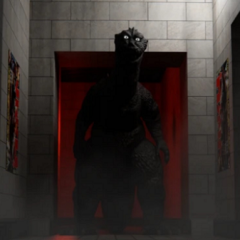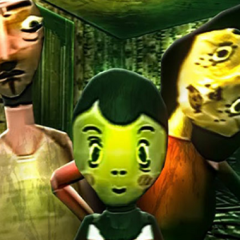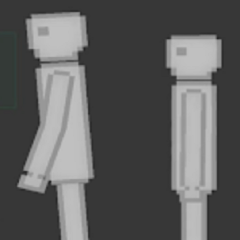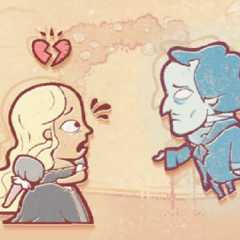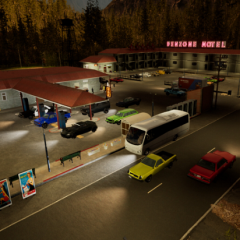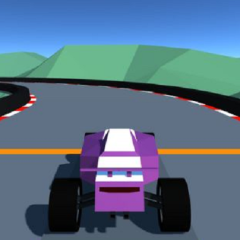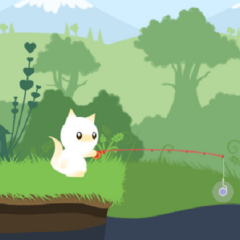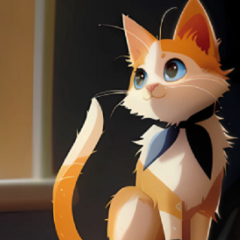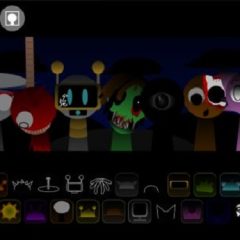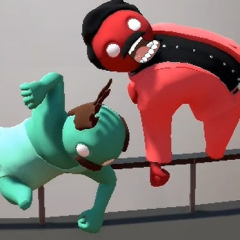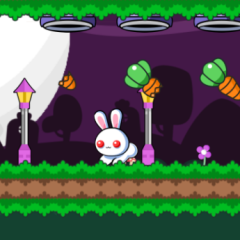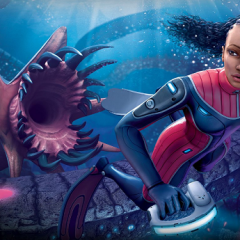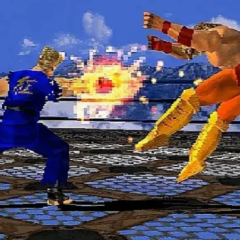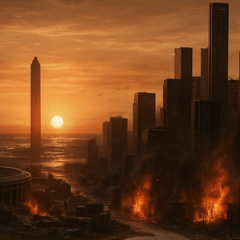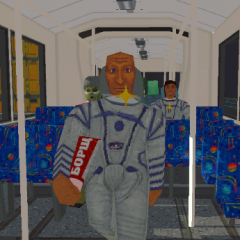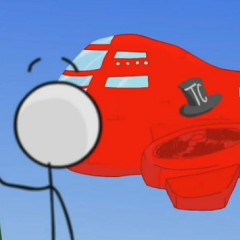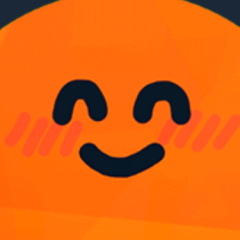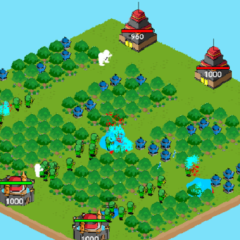Patrick’s Parabox is a puzzle game that focuses on spatial reasoning and recursive logic. The player controls a small character named Patrick who moves boxes inside a grid-based environment. The main objective is to place boxes into their correct positions, but the game introduces a unique mechanic: boxes can contain other boxes, including the one the player occupies. This creates a looping structure where puzzles can fold into themselves, forcing the player to think about both physical space and logical relationships at the same time.
Core Mechanics and Progression
The gameplay in Patrick’s Parabox is built on simple movement controls combined with complex interactions. The player can push or enter boxes, and some boxes represent entire levels within levels. Moving one box can affect the structure of another, creating a system of dependencies. The challenge grows as the game adds new types of boxes that behave differently—some replicate, others invert direction, and some contain the player’s own level inside. The result is a system where each stage teaches a new concept and then expands on it in subtle ways.
Features and Logical Structure
Patrick’s Parabox includes several features that shape its puzzle design and player experience:
- Recursive Levels: Boxes that contain smaller copies of the same level.
- Self-Referential Mechanics: Situations where the player interacts with their own environment from inside it.
- Progressive Learning Curve: Each set of puzzles introduces one new idea before combining it with previous ones.
- Minimal Interface: A clear view that focuses attention on spatial relationships.
- Level Editor: A tool that allows players to design and test their own recursive puzzles.
These systems together form a framework where every action has layered consequences, encouraging structured reasoning rather than guesswork.
Puzzle Design and Thought Process
Solving puzzles in Patrick’s Parabox depends on recognizing patterns and predicting outcomes. Many solutions require visualizing the structure several steps ahead. Because levels can contain themselves, players must often think in both inward and outward directions—how moving inside one box influences the larger structure and vice versa. This recursive design demands a slow, deliberate approach, where observation and experimentation replace trial and error. Over time, players learn to treat the levels as logical systems rather than simple spatial challenges.

